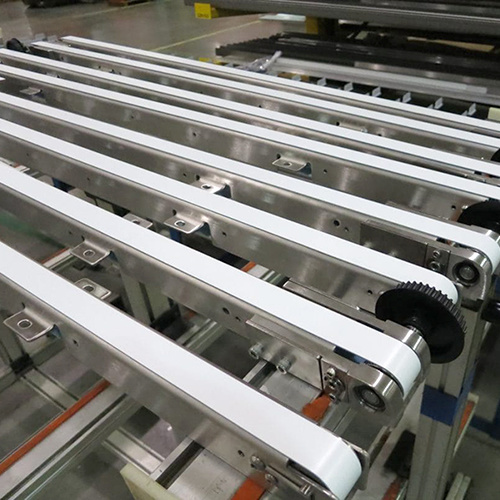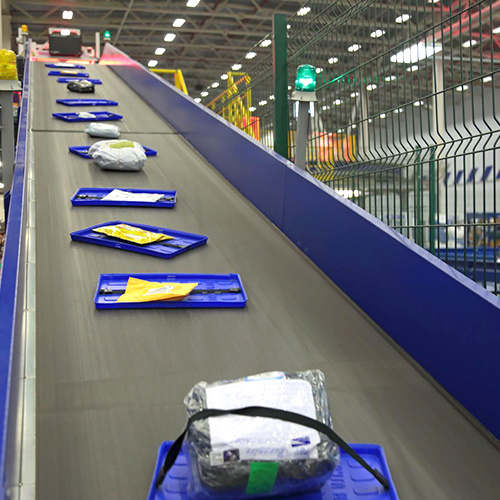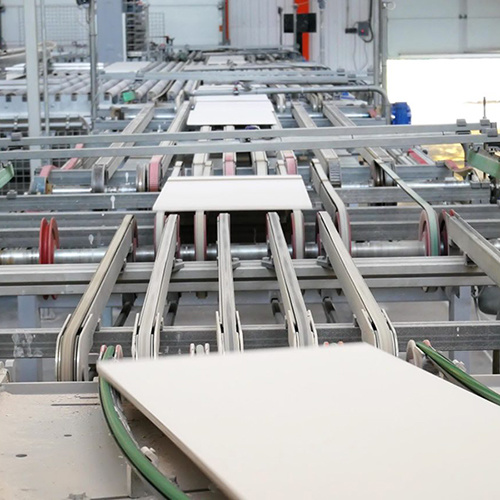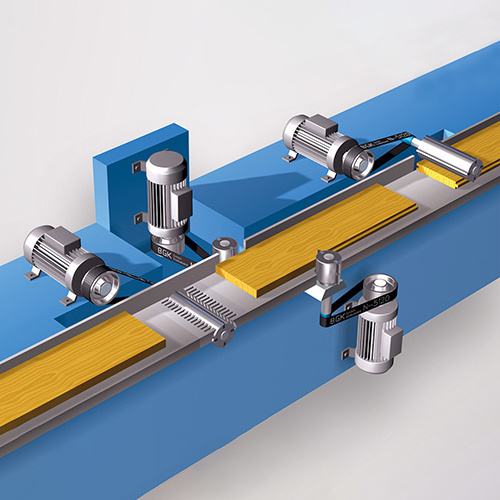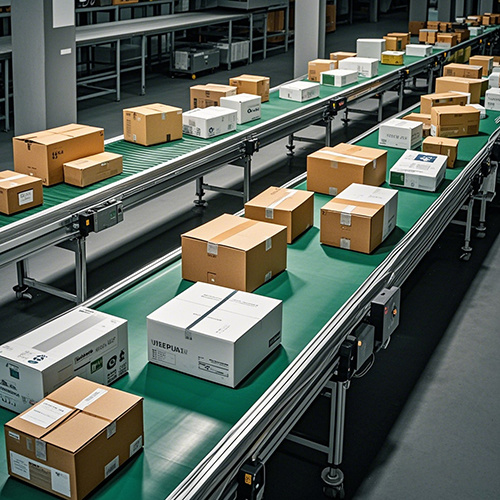Transmission Belt: A Vital Component in Mechanical Systems

In the intricate world of mechanical systems, the transmission belt plays a pivotal role in ensuring smooth and efficient operation. This seemingly simple component is responsible for transferring power from one rotating part to another, making it a crucial element in a wide range of machines and devices.
At its core, a transmission belt is a flexible loop of material that wraps around two or more rotating shafts or pulleys. As one shaft rotates, it pulls the belt, which then transfers that rotational motion to the other shaft. This process allows for the transmission of power and torque between different parts of a machine, enabling them to work together in harmony.
One of the key advantages of using a transmission belt is its ability to provide a smooth and continuous transfer of power. Unlike direct mechanical connections, such as gears or chains, belts allow for some degree of flexibility and damping, which can help reduce vibration and shock in the system. This makes them particularly suitable for applications where precision and stability are essential.
Transmission belts are also known for their versatility. They can be made from a variety of materials, including rubber, leather, nylon, and even metal, each with its own unique properties and advantages. This allows for customization and optimization of the belt for specific applications, ensuring that it can withstand the demands of the task and provide reliable performance.
Maintenance and replacement of transmission belts are relatively straightforward, making them a cost-effective solution for many mechanical systems. Regular inspection and tension adjustment can help prolong the life of the belt and prevent unexpected breakdowns, ensuring that the machine continues to operate at peak efficiency.
In conclusion, the transmission belt is a vital component in mechanical systems, enabling the smooth and efficient transfer of power between different parts of a machine. Its versatility, ability to reduce vibration, and ease of maintenance make it a popular choice for a wide range of applications. As technology continues to advance, the transmission belt remains a fundamental and indispensable element in the world of mechanical engineering.
Related News
TIGER(FUJIAN) INDUSTRIAL BELT CO.,LTD
 0086(0595)83112333
0086(0595)83112333
© Copyright 2024. TIGER(FUJIAN) INDUSTRIAL BELT CO.,LTD.








